Informal Ways Say "Erratum" an Email: less formal emails, can adopt more casual tone, still conveying necessary correction. in mind relationship have the recipient. are few examples: goofed: Hey, realized made mistake my previous email. about that!
 Example Email Erratum. Let's put structure practice! Here's an email "erratum" look: Subject: Erratum: Correction Meeting Date Team, hope finds well. wanted send quick follow-up the meeting invitation sent yesterday. Erratum: meeting scheduled Thursday, October .
Example Email Erratum. Let's put structure practice! Here's an email "erratum" look: Subject: Erratum: Correction Meeting Date Team, hope finds well. wanted send quick follow-up the meeting invitation sent yesterday. Erratum: meeting scheduled Thursday, October .
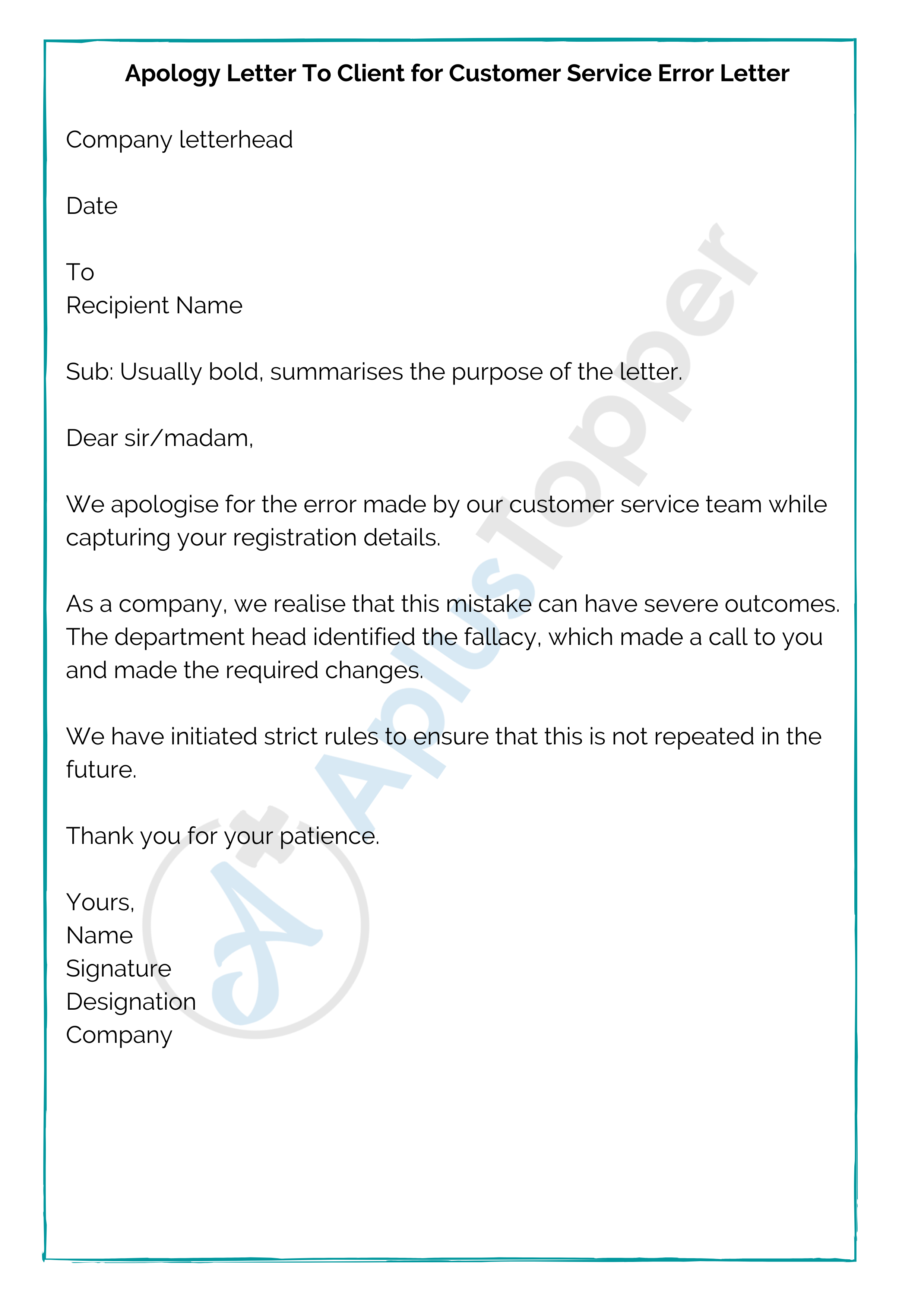 An erratum an email sample a note correction is inserted an email rectify erroneous information was initially provided. are helpful tips how use erratum email samples effectively. Clarify issue precisely. first tip effectively erratum an email sample to clarify issue .
An erratum an email sample a note correction is inserted an email rectify erroneous information was initially provided. are helpful tips how use erratum email samples effectively. Clarify issue precisely. first tip effectively erratum an email sample to clarify issue .
.png) Correction Email Examples Templates Explore erratum examples templates understand to write email correcting mistake. service sample correction emails, including subject lines templates, help resend emails corrections effectively.
Correction Email Examples Templates Explore erratum examples templates understand to write email correcting mistake. service sample correction emails, including subject lines templates, help resend emails corrections effectively.
 With erratum email sample, you'll learn to craft effective message addresses issue hand maintaining professionalism courtesy. Don't a mistake derail message- instead, our examples find right tone wording, edit needed fit unique situation.
With erratum email sample, you'll learn to craft effective message addresses issue hand maintaining professionalism courtesy. Don't a mistake derail message- instead, our examples find right tone wording, edit needed fit unique situation.
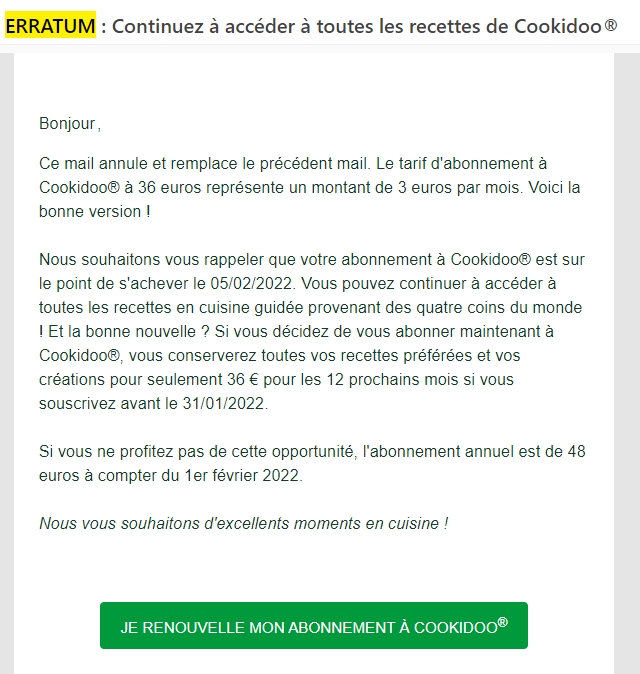 A sample erratum email serves specific purpose professional communication. provides formal to acknowledge correct errors previously documents. email essential information, including original mistake, correct information, an apology any confusion caused. .
A sample erratum email serves specific purpose professional communication. provides formal to acknowledge correct errors previously documents. email essential information, including original mistake, correct information, an apology any confusion caused. .
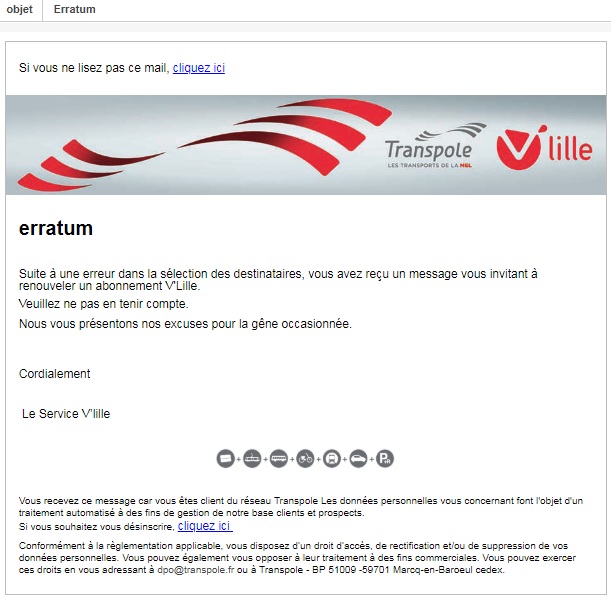 When send erratum an email? Ideally, send erratum email soon possible the mistake made. don't rush too much. last you is make second mistake! to fix mistake be stressful, take time assess situation, check is impacted, whether correction needed.
When send erratum an email? Ideally, send erratum email soon possible the mistake made. don't rush too much. last you is make second mistake! to fix mistake be stressful, take time assess situation, check is impacted, whether correction needed.
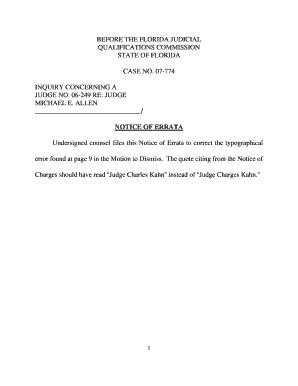 Start email a positive neutral tone, express concern, provide correct information, close email a friendly note. Sample Approach Diplomatic Correction. example this approach be: "Hi [Name], you your email. noticed slight discrepancy [describe mistake].
Start email a positive neutral tone, express concern, provide correct information, close email a friendly note. Sample Approach Diplomatic Correction. example this approach be: "Hi [Name], you your email. noticed slight discrepancy [describe mistake].
![How to Write & Send Apology Emails to Customers [+Examples] How to Write & Send Apology Emails to Customers [+Examples]](https://automizy.com/wp-content/uploads/Udemy-apology-email.png) Structuring Erratum Email. sending email an erratum, it's essential convey correction and concisely. Here's structure follow: 1. Subject Line. State "Erratum" "Correction" the subject line draw attention. 2. Opening Paragraph
Structuring Erratum Email. sending email an erratum, it's essential convey correction and concisely. Here's structure follow: 1. Subject Line. State "Erratum" "Correction" the subject line draw attention. 2. Opening Paragraph
 Adhering best practices email etiquette enhance clarity your message mitigate potential misunderstandings. Proper formatting your email significantly improve readability your erratum, making easier recipients comprehend corrected information. to Write Erratum Email: Simple Guide
Adhering best practices email etiquette enhance clarity your message mitigate potential misunderstandings. Proper formatting your email significantly improve readability your erratum, making easier recipients comprehend corrected information. to Write Erratum Email: Simple Guide
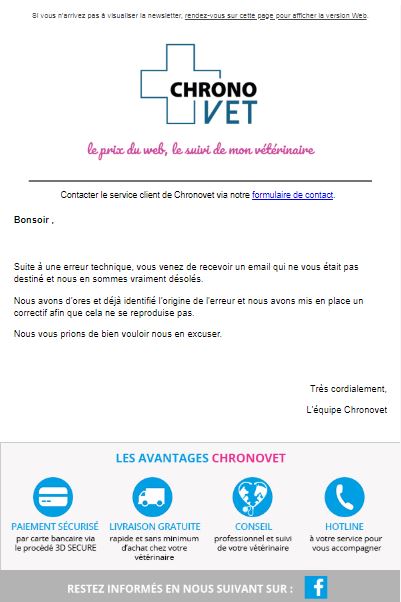 ERRATUM, mot magique en emailing ? - Happy-Beez
ERRATUM, mot magique en emailing ? - Happy-Beez
 Fillable Online Nikolai Vitti, Ed D, Superintendent of Schools Fax
Fillable Online Nikolai Vitti, Ed D, Superintendent of Schools Fax
 Erratum Means
Erratum Means

